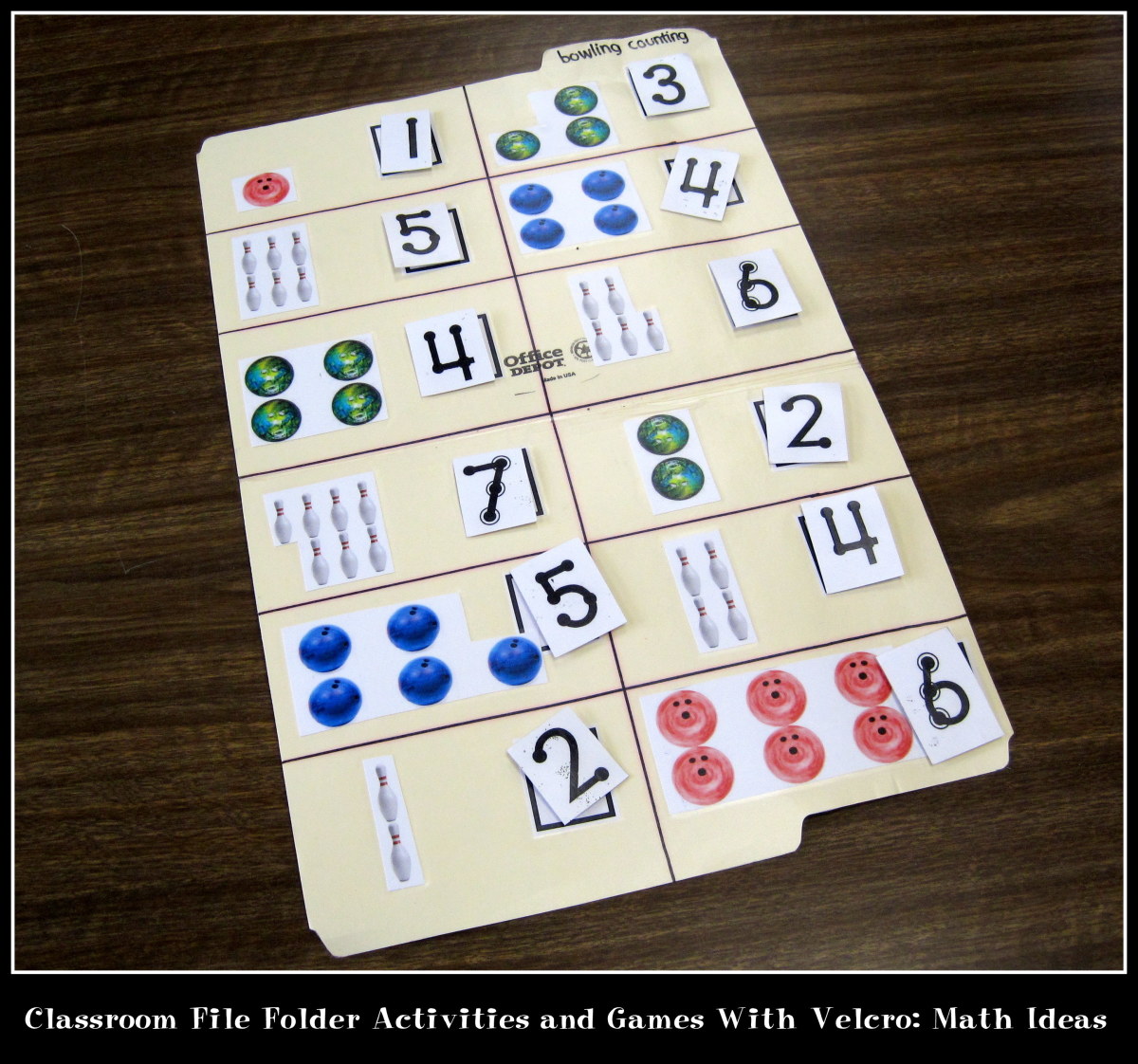How to Integrate Character Values into the Elementary Social Studies Classroom

{A Christian Perspective}
Lumpkin (2008) reminds that there is a difference between societal virtues and moral virtues (p. 45). Similarly, character values involve being good, doing right, and respecting others. In order to be the best example of character and virtue, teachers ought to consciously live the principles found in 1 Corinthians 10:31, “Whether therefor ye eat, or drink, or whatsoever ye do, do all to the glory of God” (KJV).
Teachers can help instill character values into their students by integrating a character principle into the classroom lectures and activities. Such character values may not be explicitly discusses with students, however the implicit curriculum will result in students learning to appreciate other cultures and build character.
In this paper, the writer will discuss how to integrate character principles and values into the upper elementary social studies curriculum. The specific subject area or topic of learning is about different cultures and how to respond to people with a different heritage from your own. As Van Brummelen (2002) notes, “it is not easy to teach students how to be followers of Jesus while functioning in a society that adheres to few of His values” (p. 60). Although integrating such values and principles would be easier in the Christian school than it would in the public school, this writer recognizes that values-teaching is possible in the public sector as well.
According to Van Brummelen (2002), the Christian schoolteacher should incorporate several values into the classroom such as spirituality, morality, validity, respect for authority, social responsibility, logic, communication, health, artistic expression and respect for life (pp. 59-60). For the purposes of this paper, the writer will focus on two values: validity and appreciation of creative expression. Teachers may not expressly state the values-goal at the beginning of the activity for the students, however the teachers should state the goal in the curriculum (Parkay, Hass and Anctil, 2010, p. 7). By teaching students about validity and appreciation of creative expression, students will learn about social responsibility and appreciate other cultures better.
When introducing students to a culture, it may be difficult for students to initially appreciate the differences in a culture, because things appear to be so unlike their own. While national pride is an important character trait, so is appreciation of other cultures. Fostering an appreciation of other cultures, by accenting how the culture positively influences world will help students better understand the significance of the culture, and help them better relate to differences and similarities between his culture and the new culture being introduced.
As explained in Van Brummelen (2002), the phrase “social responsibility” refers to teaching students to respect others, learn about cooperation and be kind to others (p. 59). Van Brummelen describes the term “validity” as teaching students about the respect for another culture (p. 59). Creative expression refers to the fostering an appreciation for the creativity and beauty of the culture’s aesthetic contributions (Van Brummelen, p. 60). When students learn to appreciate the creativity of another culture, they are more likely to respect the people of the culture as well, which helps build their own character.
For the purpose of this paper, the writer will create activities that highlight the contributions of the southern culture from the perspective of students from the western United States. After teaching students about the history the Southeast, students will participate in activities to further their understanding of the contributions of the culture.
Activity #1 - Validity
The southern culture revolves a lot around the Mississippi River, from the songs of the Songs to the literature— such as Mark Twain’s Tom Sawyer. Validate the importance of the Mississippi River to the southern culture by asking students to learn the names of the states through which the river passes, and the names of the tributaries that contribute to the mighty river (Banks, Boehm, Colleary, Contreras, Goodwin, McFarland and Parker, 2005, pp. 121-125). Expect students to do their best on the project, with good coloring techniques and nice handwriting on the project. Learning the names of the states through which the river flows pays respect to the states and the river that is so important to the culture, and trying their best on the project follows the principles found in 1 Corinthians 10:31.
Activity #2 - Creative Expression in Architecture
Show students photos of different architecture around the country and list similarities and differences between homes typically found in different areas. For example, discuss how homes in the Western US often feature adobe or stucco and how homes up North often feature brick.
Help students better appreciate Antebellum homes as a distinct symbol of the Southern heritage by exposing them to several photos of homes and plantations. Show diagrams of the common plantation and help students appreciate the beauty in the structure. Display photos of famous plantations, such as those owned by George Washington and Thomas Jefferson.
References
Banks, J., Boehm, R., Colleary, K., Contreras, G., Goodwin, A., McFarland, M., & Parker, W. (2005). Our country’s regions. New York, NY: Macmillan/McGraw-Hill.
Lumpkin, A. (2008). Teachers as Role Models Teaching Character and Moral Virtues. Journal of Physical Education, Recreation & Dance, 79(2), 45-49. doi: 1431316321
Parkay, F.W., Hass, G., & Anctil, E.J. (2010). Curriculum leadership: Readings for developing quality educational programs. Boston, MA: Allyn & Bacon.
Van Brummelen, H. (2002). Steppingstones to curriculum. Colorado Springs, CO: Purposeful Design Publications.
Activity #3 - Creative Expression in Food
A culture’s food is often indicative of the climate and foods indigenous to the area. For example, since California grows so many fresh fruits and veggies the cuisine often includes the produce in-season. Even the names of some of Southern food— such as fried catfish, po’boys, jambalaya, collared greens and king cakes— may sound foreign to students from another local. Help students gain a better understand of Southern cuisine by exposing them to different foods and explaining the significance of the food.
Show students how to make jambalaya and discuss the different variations on the recipe. Use a map to explain where the creole culture predominantly lives in the south, and explain more parts of the culture such as the way the people talk and the types of food they eat. Help students understand that the creativity used in the culture’s food is just another way that the culture is unique and special. Although a student may not like the taste of the food, it does not mean that the food is not good or that the culture is not important; some things are a matter of opinion only. In the case of food taste, the opinion does not matter unless it fosters an appreciation for the culture and heritage.
Conclusion
Biases against certain regions may be difficult to overcome due to parental comments or preconceived notions about a local. Teachers help students appreciate another culture’s uniqueness and contributions to society by exposing them to the positive differences. Recognizing the differences, and appreciating a culture despite differences is a great way to help students display their character development; different is not always bad, but it is different.








